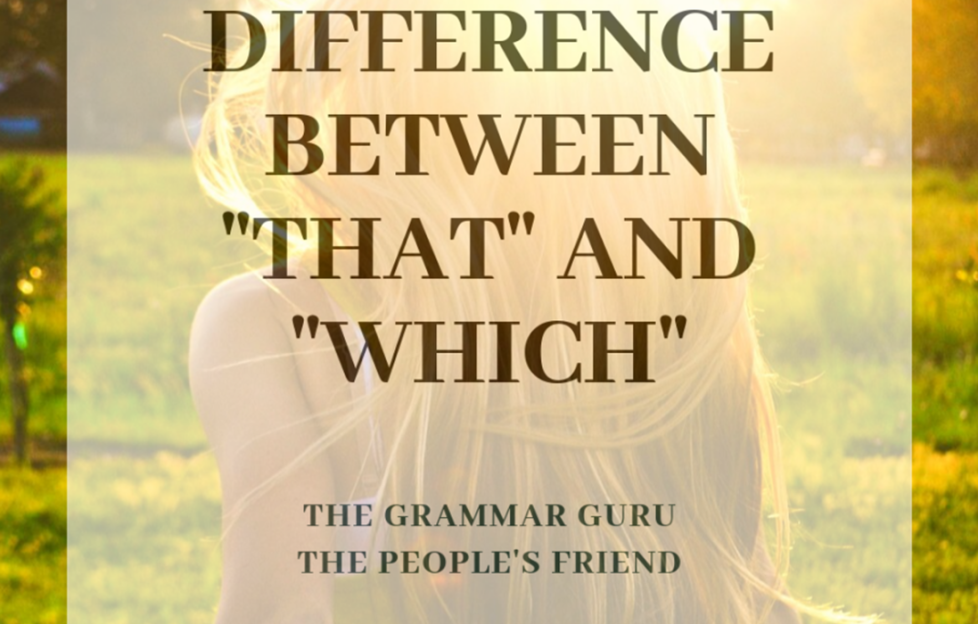
Come with the Grammar Guru on a misconception-busting journey through the English language. This week, it’s the turn of “that” versus “which”.
Some believe “that” and “which” to be completely interchangeable. But this is not so!
Known as relative pronouns, both of these words add information to a sentence.
But how do you know the correct one to use?
There is a simple rule to help you here. Memorise it, and you’ll use the wrong word again! (Well, in this particular instance, anyway . . .)
In a defining (or restrictive) clause, use “that”. In non-defining (or non-restrictive) clauses, use “which”.
And what, you may ask, is a defining clause? It gives information essential to the meaning of the sentence.
For example:
“Joe pointed to the foot that was hurt.”
In this sentence, “that” introduces essential information about the noun that comes before it – the “foot”.
A non-defining clause introduces information that could be left out of the sentence without affecting the meaning.
For example: “Joe picked up his bag, which contained his packed lunch.” In this sentence, leaving out the clause about the packed lunch results in a sentence that contains less information but still makes sense.
A handy clue: a non-defining clause is often preceded by a comma, suggesting the information is supplementary. A comma should not precede a defining clause, suggesting that the information is needed. Simple!
For more from the Grammar Guru, click the tag below.
Are you a fiction fan? Read our Daily Serial — it’s something nice to look forward to every day!




